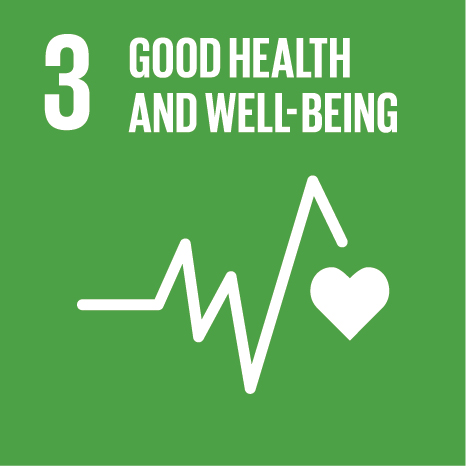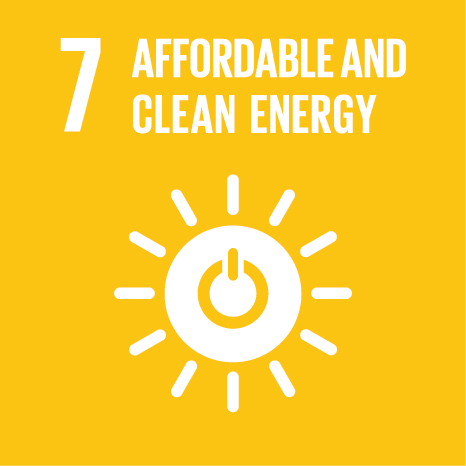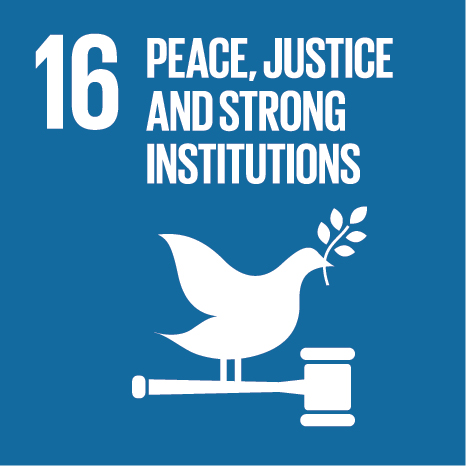 +265(0)111 624 222
+265(0)111 624 222 research@unima.ac.mw
research@unima.ac.mw Chirunga-Zomba, Malawi
Chirunga-Zomba, Malawi
An Ecohealth approach to energy justice: Evidence from Malawi’s energy transition from biomass to electrification
Abstract
Access full abstract
| Original language | en |
| Pages (from-to) | 101875 |
| Volume | 75 |
| Publication status | Published - 2021 |
UN SDGs
This research output contributes to the following United Nations (UN) Sustainable Development Goals (SDGs)



Funding
Global Challenges Research FundUN SDGs
This research output contributes to the following United Nations (UN) Sustainable Development Goals (SDGs)



Funding
Global Challenges Research FundUN SDGs
This research output contributes to the following United Nations (UN) Sustainable Development Goals (SDGs)



Funding
Global Challenges Research Fund